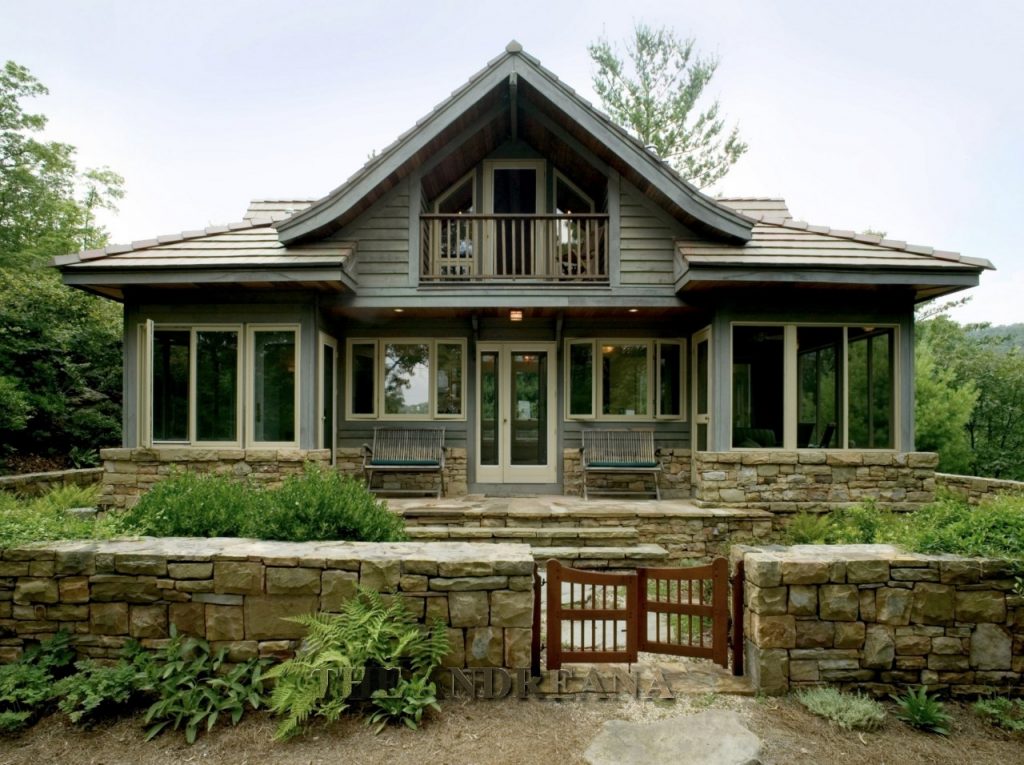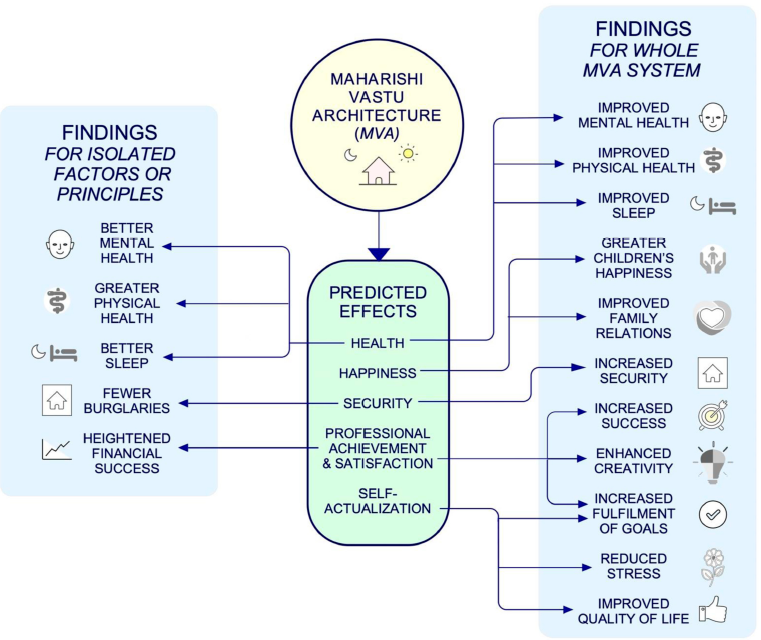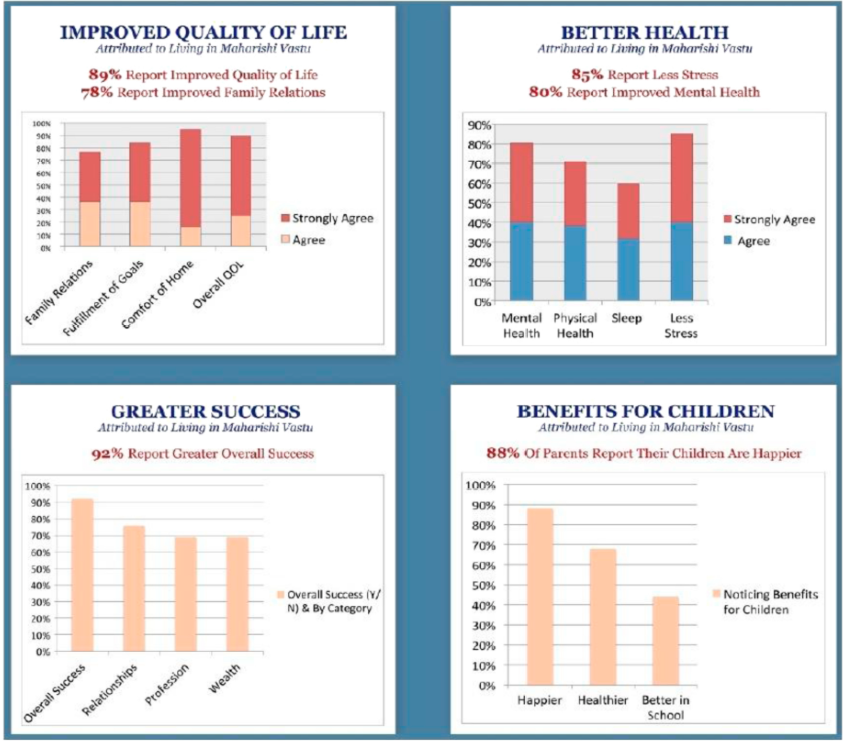
May 16, 2022 • ISSUE 623
Review on Maharishi Vedic Architecture Published in Health Journal


Summary of findings on Maharishi Vastu architecture
Elements of Vedic home design can promote physical and mental health, improved quality of life, reduced stress, and better sleep. These findings appear in the first comprehensive review of published studies on the benefits of Maharishi Vastu® architecture (MVA), recently published in Global Advances in Health and Medicine.
“The goal of Maharishi Vastu architecture is to improve occupants’ lives,” said Jon Lipman, AIA, lead author of the study and director of the Institute for Vedic Architecture at MIU. “It is gratifying to find research that shows how Vastu buildings can improve our health and productivity.”

Summary of descriptive results on MVA, health, and well-being
Some of the key findings of the review include:
- Sleeping with one’s head to the east or south is associated with positive health outcomes, such as lower heart rate, blood pressure, and serum cholesterol levels.
- Homes with south entrances are associated with poorer mental health and more financial problems.
- Facing east while working is associated with greater brain coherence and faster task completion.
- Occupants of Maharishi Vastu architecture homes or office buildings display greater creativity and report improved health and quality of life.

Jon Lipman and Dr. Robert Schneider
|
MVA is the holistic wellness architecture system Maharishi revived with over 20 principles, including east facing main entrances, buildings aligned with the cardinal directions, and floor plans assigning key functions to specific locations within the building.
Previous research on the impact of buildings focused primarily on assessing stress reduction and increasing comfort and well-being. The findings of this review reinforce the growing recognition that building design plays a key role in both causing and even potentially solving humanity’s health challenges.
|

Anna Bonshek and Lee Fergusson
|
“Modern medicine now recognizes the powerful effects of the ‘envirome’ on health,” said study co-author, Robert Schneider, MD, Dean of the College of Integrative Medicine at Maharishi International University. “The envirome includes all the natural and man-made elements of our environment throughout the lifespan, notably the built environment. This review of the science suggests that buildings constructed according to principles of Maharishi Vastu architecture function as positive elements in the envirome to enhance mental and physical health and well-being. Further, advances in neuroscience offer plausible physiological explanations for these effects.”
The results of the review suggests that Maharishi Vastu architecture offers a viable approach for using architectural design as a tool for promoting mental and physical health. Additional co-authors of the study were former MIU faculty Lee Fergusson, PhD, and Anna Bonshek, PhD.
|
